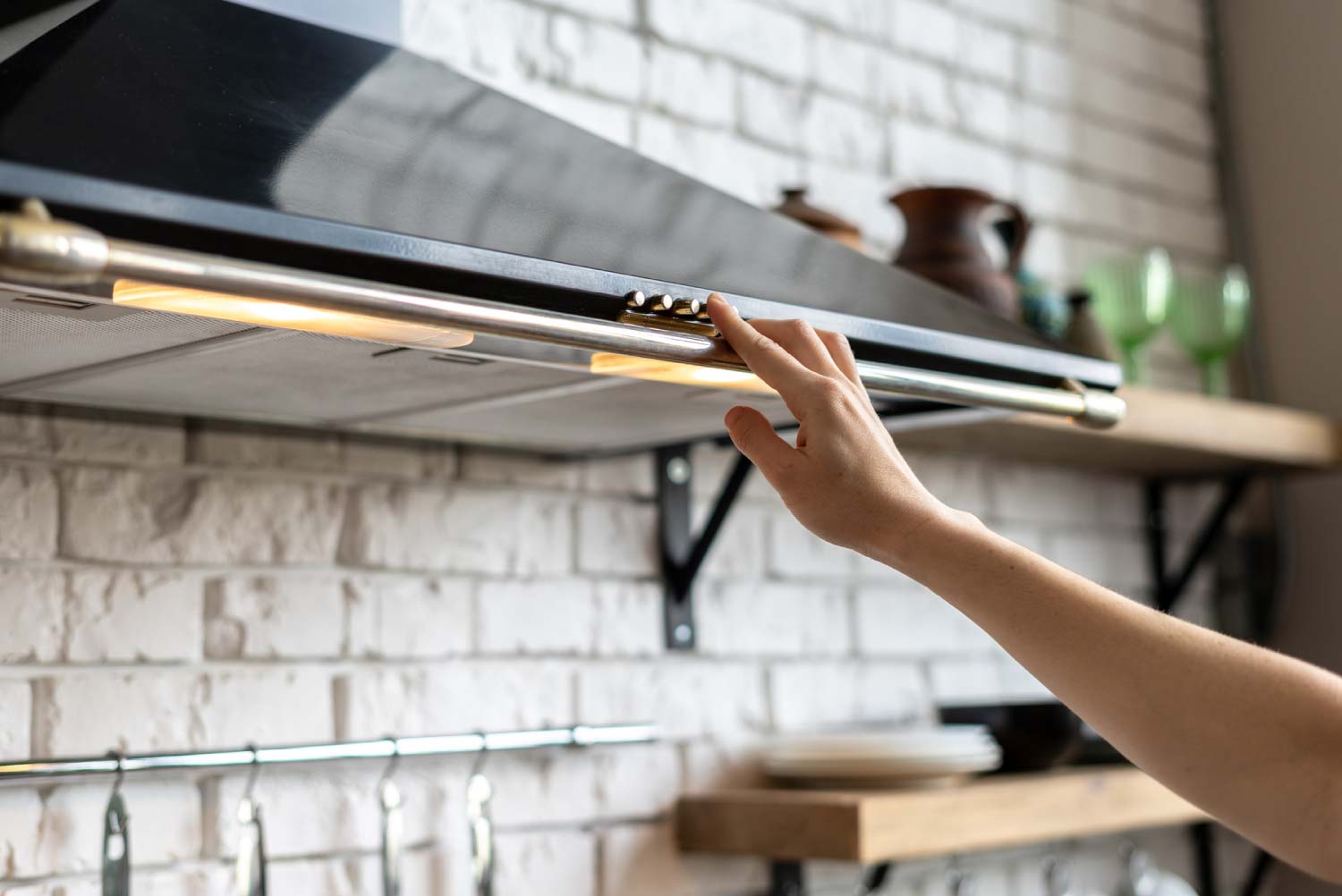
Mattress cleaning cost depends on the number of mattresses being cleaned and the size of each. Use this guide to better understand mattress cleaning prices.
Even the stickiest situation has a solution


Super glue’s strength is its versatility. It can be used in arts and crafts, to repair countertops, reassemble broken holiday ornaments, and more, but sometimes it lands where it’s not wanted. So how do you remove super glue from skin, fabric, or wood?
Even if urban legend has taught many of us that super glue’s bond is unbreakable, we’ll show you how to dissolve this powerful substance from several surfaces.
Most glues take some time to dry—remember blowing on Elmer’s glue when you were a kid, trying to finish a collage or paper mache project?—but not super glue. It bonds almost instantly, thanks to its main ingredient, cyanoacrylate.
Cyanoacrylate is an acrylic resin that transforms into a very strong plastic mesh upon contact with a water molecule; this chemical process is called anionic polymerization, and it can generate heat hot enough to burn skin.
Placed on a perfectly dry surface, cyanoacrylate will not bond, but almost everything has a small amount of moisture present, and cyanoacrylate doesn’t need a lot. In fact, light humidity in the atmosphere is more than enough.
First, don’t panic. You were probably taught as a young person to worry about gluing your fingers together with Super Glue, so it’s ingrained in you to fear it. But super glue has an enemy—acetone—and this article will explain how to properly use it to remove super glue.
Next, wait until the super glue is completely dry before you try to remove it. Remember, cyanoacrylate loves moisture, so if you try to clean super glue before it has dried, it can spread and form an even stronger bond.
When dissolving super glue from a surface, fabric, or flooring, make sure to test the area with the cleaning product to ensure you won’t be causing more harm than good.

Whether the spill is on the ground or on your hand, we’ll show you how to dissolve super glue.
Gather 100% acetone (do not use nail polish remover) and cotton swabs.
Soak the cotton swabs in the acetone.
Dab the swabs on the area with the glue; the glue should start to lift with application.
Acetone should be tested on whatever fabric you’re working with, as it can discolor some kinds. Apply a small spot of acetone on the inside of a hem; if there is a mark after the acetone has completely dried, we recommend following these steps instead:
Soak the fabric in a bowl or basin of cold water.
If you’re trying to get glue out of carpet, wet the spot with a sponge that has been doused in cold water.
Let the fabric soak or sit in cold water overnight.
The next day, wring the fabric out so it’s damp, but no longer soaking wet.
Pour 1–2 tablespoons of laundry detergent onto the glue mark.
Massage the detergent into the stain with the back of a spoon.
Wash the fabric in the washing machine using warm water.
Delicate items can be hand washed in a sink or basin; use a toothbrush to scrub out the stain.
For carpets, you can use a similar method as you would for a delicate item: after applying detergent, scrub the spot with a toothbrush, and then dab the area with a clean, dry towel to absorb the liquid. You may need to repeat this process.
Air dry fabrics—the higher heat of a dryer could create a permanent stain. The key is patience.
Some fabrics, such as those made from acetate, triacetate, or modacrylic fibers, can be damaged by acetone, causing holes in the material. You should consult a professional fabric cleaner to handle any glue stains on fabrics of these kinds.
Soak cotton swabs with acetone.
Dab the soaked cotton swabs on the super glue for about 10–15 seconds, but no longer—you don’t want the acetone to come in contact with the wood as it can stain. The acetone should soften the glue.
Once the glue is soft, use a plastic putty knife to scrape the glue off the surface.
If you’re worried about using acetone as a super glue remover for wood, you can use coconut or olive oil. Spread a little over the super glue, and then use the putty knife to gently scrape away the glue. You might need to repeat this method a few times before all the glue is gone.
If skin is glued to skin, do not try to pull the skin apart.
Soak cotton balls with acetone-based nail polish remover.
Using the cotton ball, saturate the area of skin with glue on it.
Hold the cotton ball in place until the glue starts to lift.
Repeat until all the glue is gone.
Apply some acetone to the spot using cotton balls.
Use a putty knife or scraper to scrape away the softened super glue.
If the glue is stubborn, you can also try soaking the area for 30 minutes in a 2 to 1 mixture of water and white vinegar, and then trying to gently scrub away the glue with a rough cloth that will offer resistance but won’t leave a mark.

Super glue can be super annoying when it binds to something unwanted. Now that you know the best super glue removers, follow these simple preventative steps for next time.
Using tiny amounts of super glue at a time will not only help prevent spills but will help it bond quicker and better. A thicker layer will prevent moisture from getting to the glue and slow the chemical process down.
If the area is clean, the glue will bond better, requiring less glue and preventing spills.
Super glue is very versatile, but there are a few materials it shouldn’t be used on. Don’t ever use cyanoacrylate-based adhesive on anything wet, plastics, paper, foam, glass, or oily surfaces—it just won’t adhere correctly, causing a big mess.
Removing super glue can often be tackled by even an inexperienced DIYer, as long as you have some patience. That said, you might want to call a professional carpet cleaner if you’re worried about acetone leaving a stain on your floor.
If you don’t have the patience, a house cleaner near you can likely help tackle the problem. Finally, if super glue gets in your eyes or mouth, call 911 immediately.
In an emergency situation, the Mayo Clinic states that super glue can indeed be used on very small cuts in place of stitches. Medical grade super glues exist on the market and can be kept in your first aid kit at home or in your car.
Gorilla Glue is a name brand and popular alternative to super glue. There are many varieties of it, and some have wider applications than super glue, as it can be made more flexible than one those made from cyanoacrylate. It’s also very waterproof, which can be a plus for many projects.
From average costs to expert advice, get all the answers you need to get your job done.

Mattress cleaning cost depends on the number of mattresses being cleaned and the size of each. Use this guide to better understand mattress cleaning prices.

Hiring a house cleaner frees up your schedule and keeps your home spotless. The cost to hire a house cleaner depends on the size of your house, your schedule, and who you hire. Use this guide to understand typical house cleaning prices better.

Discover the average kitchen hood cleaning cost, what impacts pricing, and how to budget for this essential maintenance. Get tips to save and keep your kitchen safe.

When warmer weather comes, it’s time to tackle some home projects. Use this complete summer home maintenance checklist filled with helpful tips.

Get top tips for cleaning a bathroom, from quick DIY tricks to knowing when to hire a professional. Stay fresh, clean, and stress-free.

Does your water taste off? It may be time to clean your water dispenser. Use this guide to learn how to clean a fridge water dispenser.